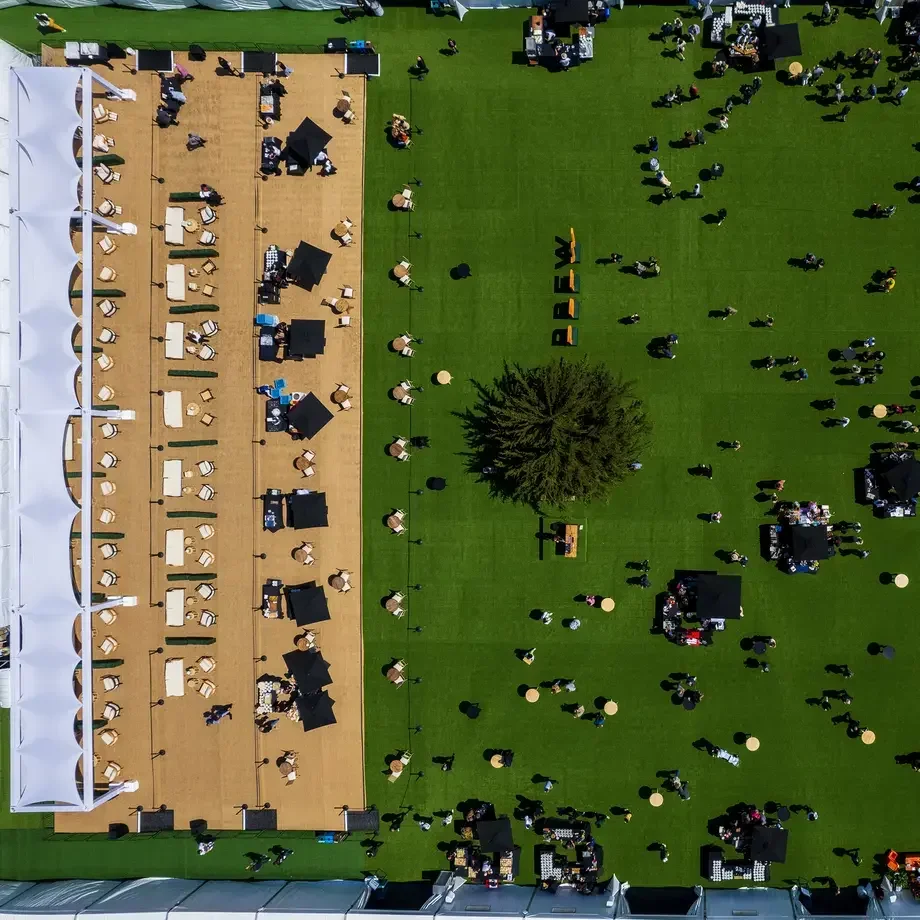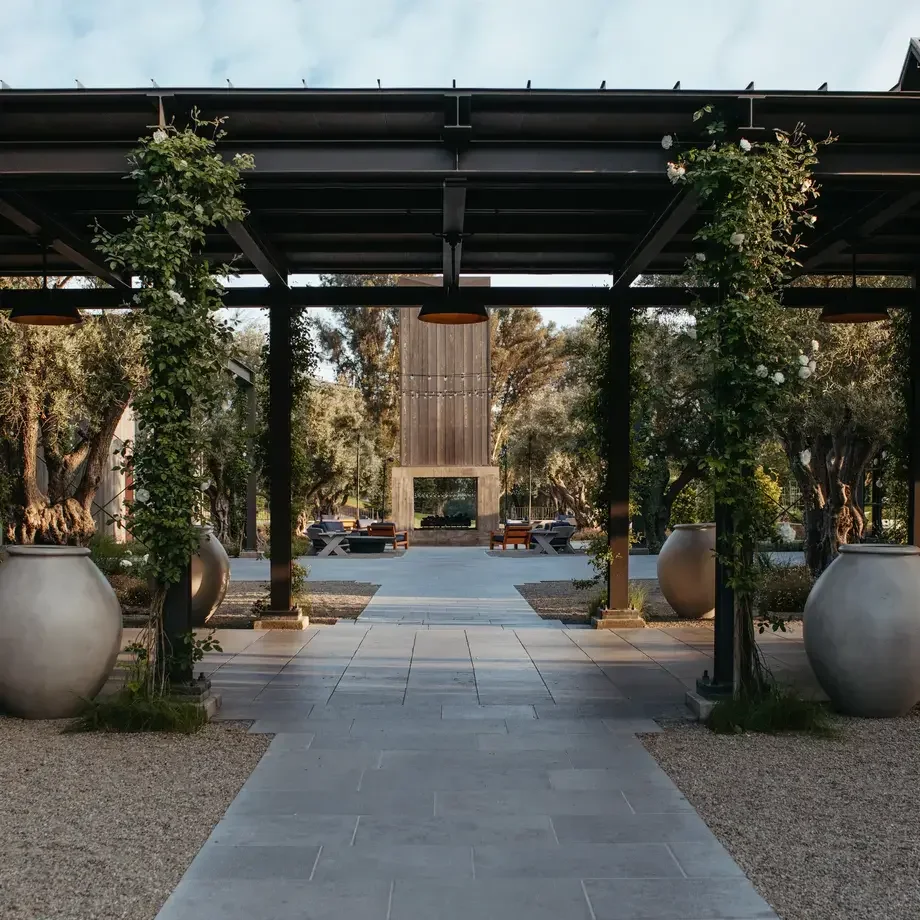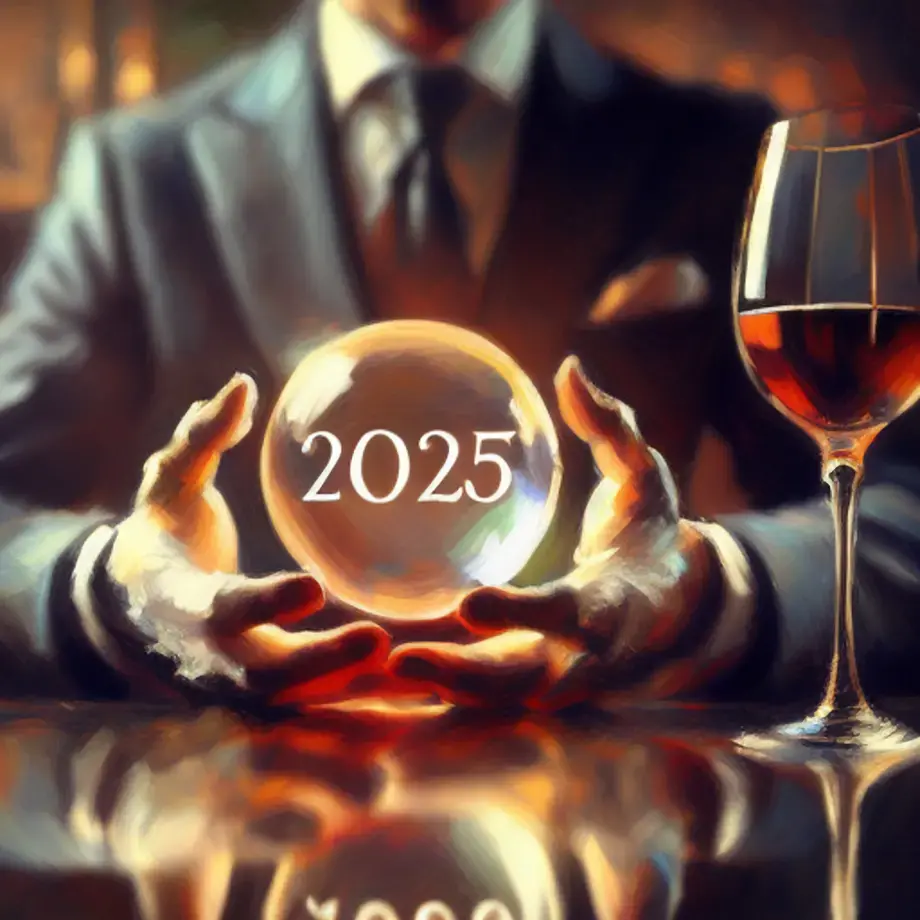It’s hard to imagine Champagne being anything else than the delicious drink it is. It’s an iconic wine and a celebratory drink second to none. But before all those beautiful bubbles were born the wine itself was a vastly different drink.
When the vineyards outside are getting their well-deserved beauty sleep, enologists and cellar masters in Champagne are busy blending vins clairs, or ‘clear wines' in French, to compile a wine that will eventually become Champagne.
Vin Clair: the Fermentation Process
After the grapes are harvested and transported to the winery, first fermentation takes place. Consider the sub-regions, vineyards and small parcels, grape varieties and such as a palette the cellar master uses to assemble the final blend. Usually, musts are fermented in small batches.










